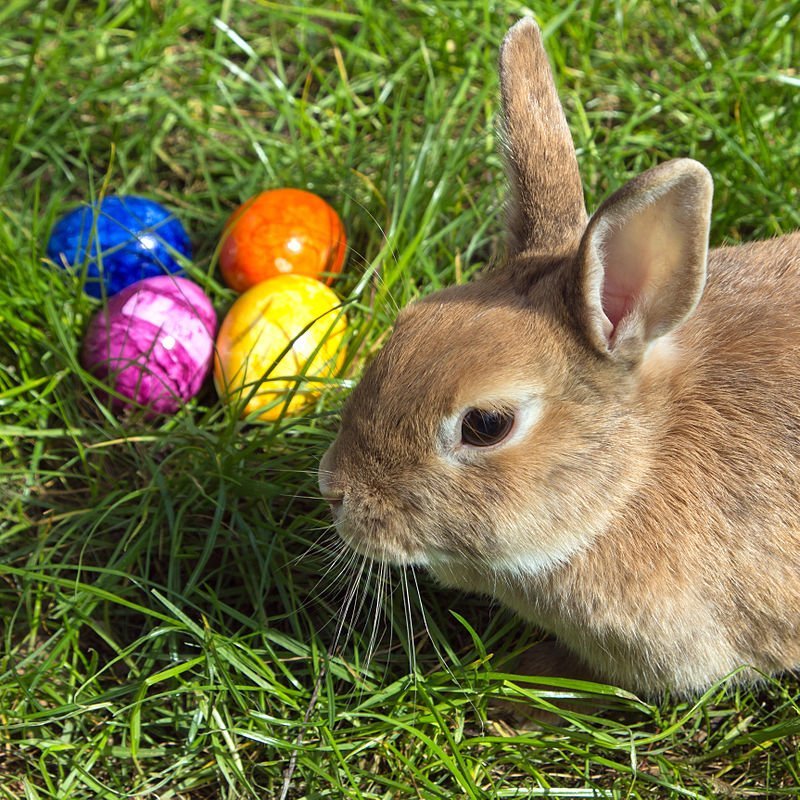
Invasive animal poses global threat
Researchers today in Canberra, Australia reported the ominous threat of what appears to be an invasive animal with a unique biology. Platypus-like hares have now been observed on several continents and even remote locations like Easter Island in the Pacific Ocean, and are poised to reproduce in extremely large numbers, especially in North America. Dr. Pascua Lapin, lead researcher tracking this scourge of voracious herbivores, described the phenomenon as “unlike any other invasive species yet observed.” She noted that “this appears to be a species new to science with characteristics of both mammals and birds because it is fur-bearing, but reproduces by laying eggs external to its body.” The new order of animals is tentatively described as a monotremeoid-lagomorph, bridging two zoological orders. Monotremes include the platypus and echidnas, primitive mammalian animals that lay yolky eggs and are restricted to Australia and New Guinea. It remains unclear if the species represents a formerly rare but ancient lineage, or a contemporary hybrid.
But these new animals resemble rabbits as well, and are marked by extreme variability in size, coloration and reproductive characteristics, and secretive behavior. Their eggs can vary in size from 1-cm to over 20 cm in longest diameter, and in color from white to all colors of the rainbow, often in combination with spots or stripes. Some of their eggs appear to be decoys with no living tissue inside, an adaptation assumed to make it more difficult for predators to find and consume the vulnerable life stage.
The species also reproduces through masting, the process of producing large numbers of progeny at a low frequency in order to overwhelm the capacity of predator populations that consume the offspring. In 2018, reproduction is projected to occur on Sunday, April 1. Even so, egg-predation is typically very high, partly off-setting the invasive potential of the species. Immature humans appear to be the top egg predator with exceptional success at predicting the timing and location of reproduction. 
Photo courtesy of Wikipedia.
We hope you enjoyed this news item for April Fools Day!
